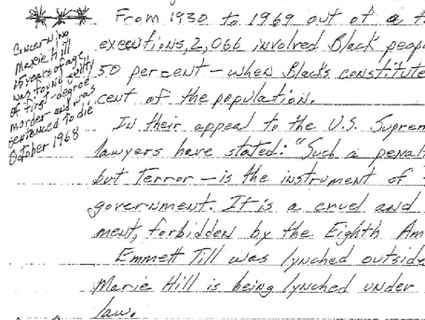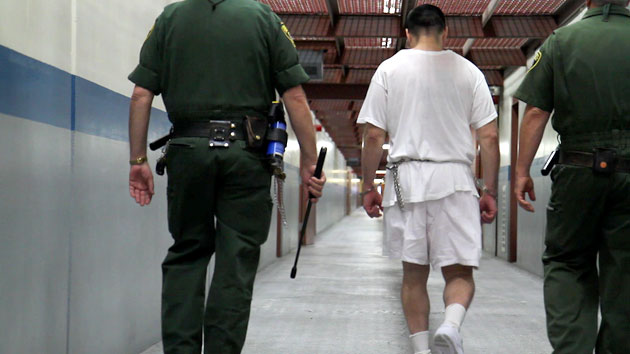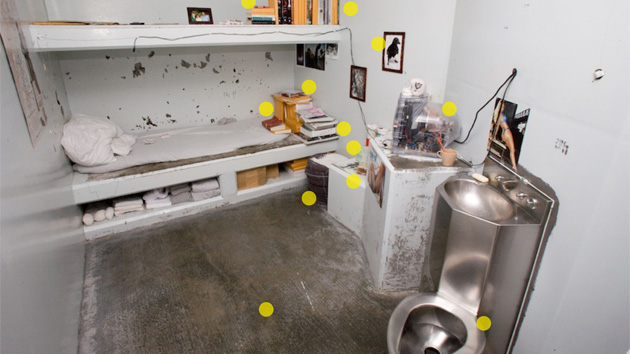In his investigation of solitary confinement in California prisons, Shane Bauer describes a system in which inmates are held in near-total isolation for years, often due to their alleged status as members or affiliates of prison gangs. But when we started looking for details of other states’ solitary confinement policies, the information was impossible to find. Not surprisingly, prisons guard facts about their inner workings almost as intensely as they guard their inmates. To get a more complete picture, we contacted every state prison department in the country and asked about their gang and solitary confinement policies. The maps below are based on the replies we received; you’ll see that some information is fairly detailed while some is vague or nonexistent. All text in quotes is taken directly from prison press officers’ responses or from policies they cited.
‘);
container.append(footer);
}
var color_map = function(map_id, states) {
var map_svg = jQuery(‘#’ + map_id);
for (var i = 0; i
Which States use Solitary confinement?
At least 38 states hold prisoners in solitary confinement for various reasons, including breaking rules, posing a security risk, or being a gang member. (Death-row inmates may also be segregated in single cells.) Some state prison departments provided information on inmates’ average length of stay in solitary.
Which States keep Inmates in Solitary Indefinitely?
California inmates may be held in single cells indefinitely; in Pelican Bay State Prison, 89 have been in solitary for 20 years or more. In at least 19 other states, inmates may also be kept in solitary without definite release dates.
Which States track Gang Members in prison?
Forty-two of the prison departments that responded to our questions say they identify or “validate” inmates who are members or associates of prison gangs (also known as Security Threat Groups or STGs). Policies and procedures differ, but most are based on inmates’ own declarations of gang affiliation, tattoos, possession of gang paraphernalia, and information from police, prison officials, and confidential informants.
Which States Put Gang Members in Segregation?
At least 13 states put inmates in solitary confinement or remove them from the general population due to their gang or STG status. However, most states that provided information about their segregation policies say that behavior and rule violations, not gang affiliation, are the primary cause for putting inmates in segregation.
Source: Mother Jones survey of state prison departments. To see the data behind these maps, see here.











